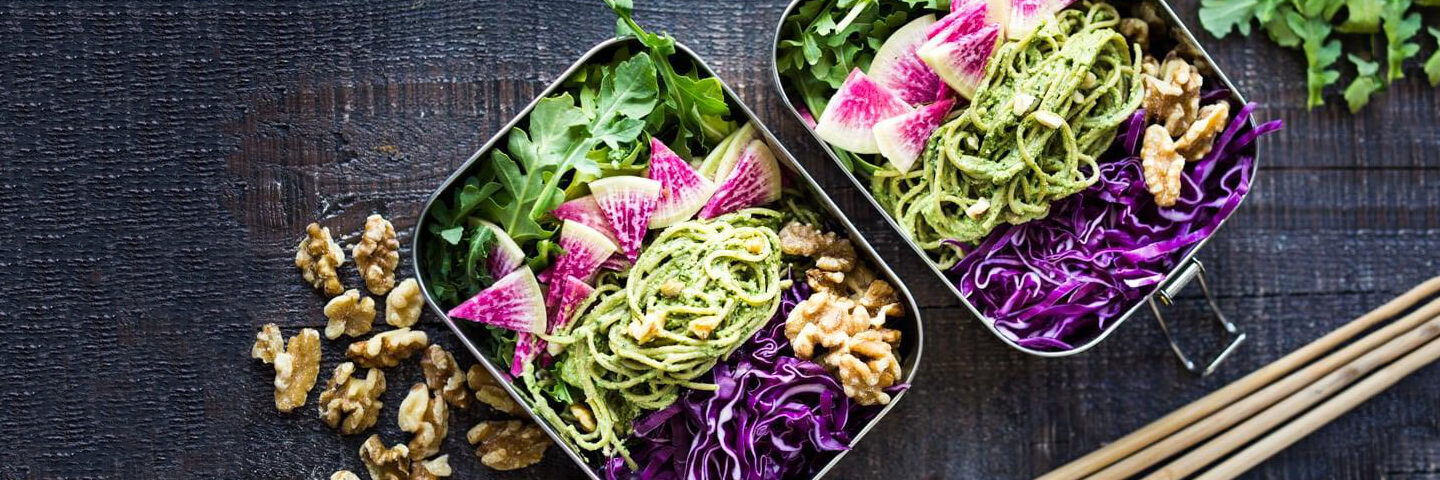
Plant-Forward Eating, Defined
From vegan to vegetarian and flexitarian to Mediterranean, there are more ways than ever to define plant-focused eating patterns. And let’s face it: it can get confusing. Should I be eating “plant-forward” or “plant-based” – and what do those terms really mean, anyways? Am I allowed to eat meat or dairy if I want to be plant-forward? Let’s clear things up.
The Have a Plant®️: The Plant-Forward Eating Guide is your one-stop shop to go deeper on what it means to eat in a plant-forward way. At the end of the day, eating more plants, more often should be simple, easy and enjoyable. Here’s a quick breakdown:
Plant-Forward Eating
Flavorful fruits and vibrant vegetables, satisfying whole grains and a variety of wholesome, nutrient-packed foods such as legumes, nuts and seeds, edamame and tofu, are the mainstays. Low-fat milk and dairy products, seafood, lean meat, poultry and eggs are also parts of this balanced diet and complement plant foods deliciously and nutritiously. A plant-forward diet is not about excluding or limiting food groups; it’s about being more mindful of how to add and enjoy more plants on the plate.
Plant-Based Foods
We use the term “plant-based” to define plant-based foods on the market. Any food product made with 100% plants is a plant-based food, such as chickpea-based chicken nuggets or pea-protein burgers made entirely of plants, or nut milks and soy products. It also includes produce in any form (fresh, canned, frozen, etc.).
Eating Styles
There is no single way to achieve a plant-forward eating pattern – plant-forward eating is a flexible and customizable approach to eating that is inclusive and less restrictive than vegetarian or vegan eating patterns. There are many paths to a plant-forward style of eating — but at the heart, it’s all about making the most of a plant-powered plate. Below are a few plant-centric styles of eating and how they fit into a plant-forward eating pattern defined.
- A vegetarian diet does not include poultry, seafood, beef, pork or other animal meats. While vegetarians restrict certain animal-based products, plant-forward eaters swap in animal products and proteins into their diet, rather than eliminating them entirely.
- A vegan diet excludes all animal-based products, as vegans can only consume plant foods. While a vegan diet is more restrictive, a plant-forward diet allows for the consumption of poultry, lean meat, seafood, dairy and eggs. A Mediterranean diet is a plant-forward style of eating. It’s less restrictive of the consumption of animal proteins and has a higher overall recommended intake of good fats.
No matter your cultural traditions or food values, a plant-forward eating pattern can work for you. So, go forth and eat more plants!


